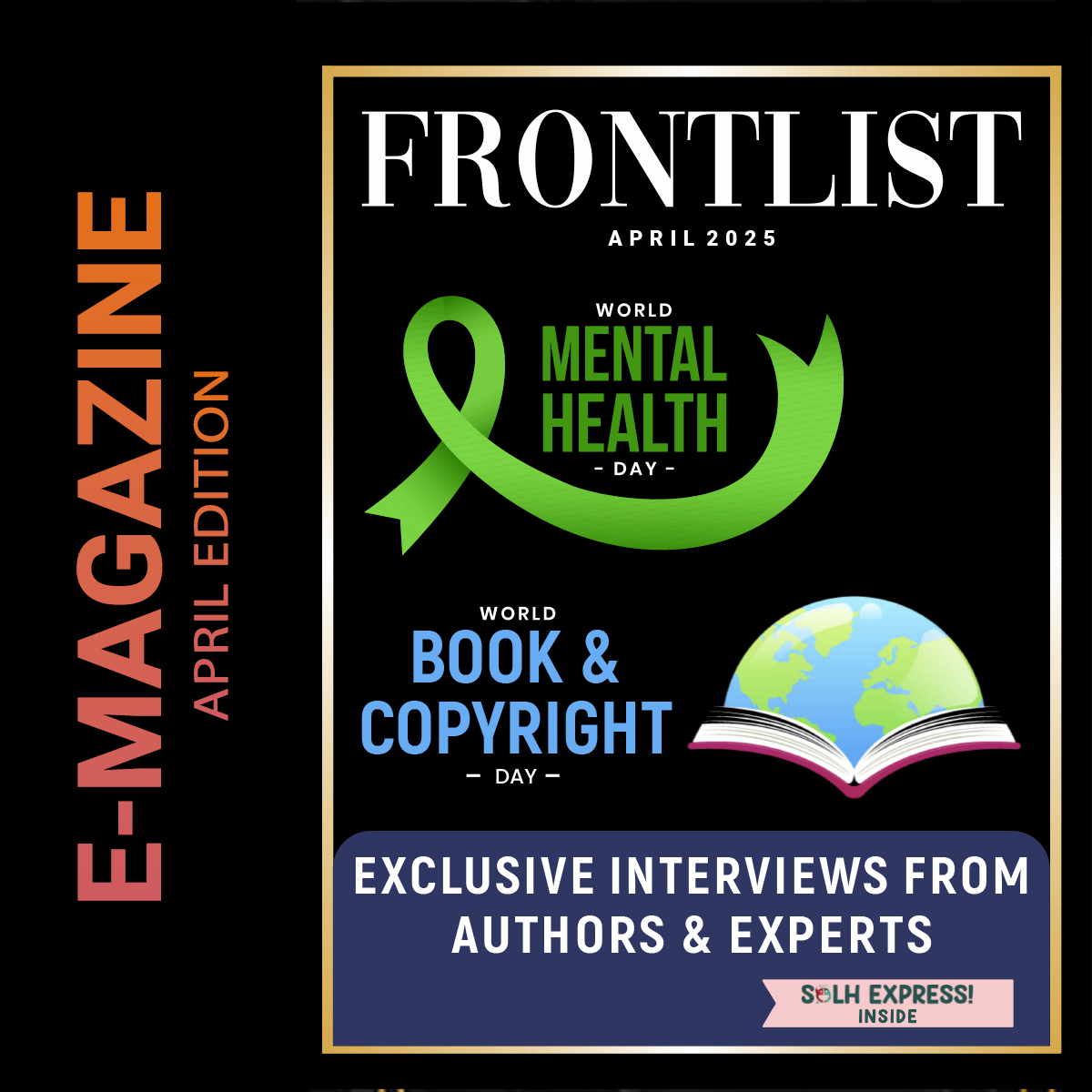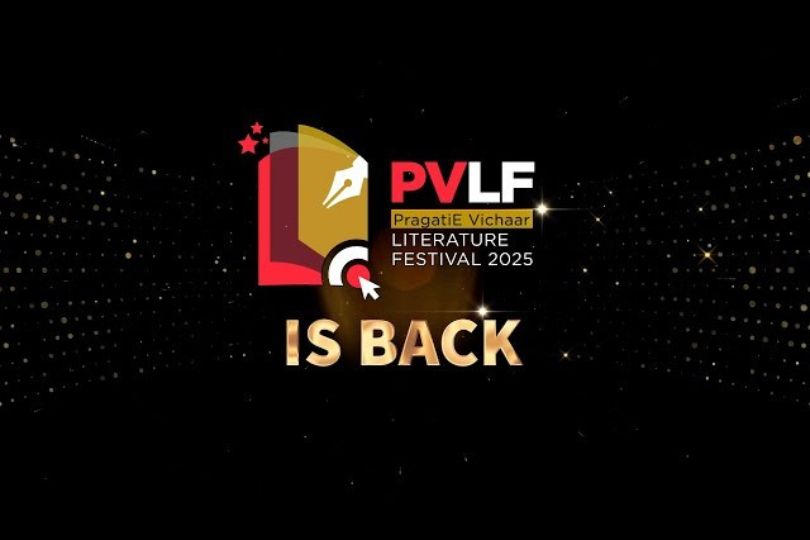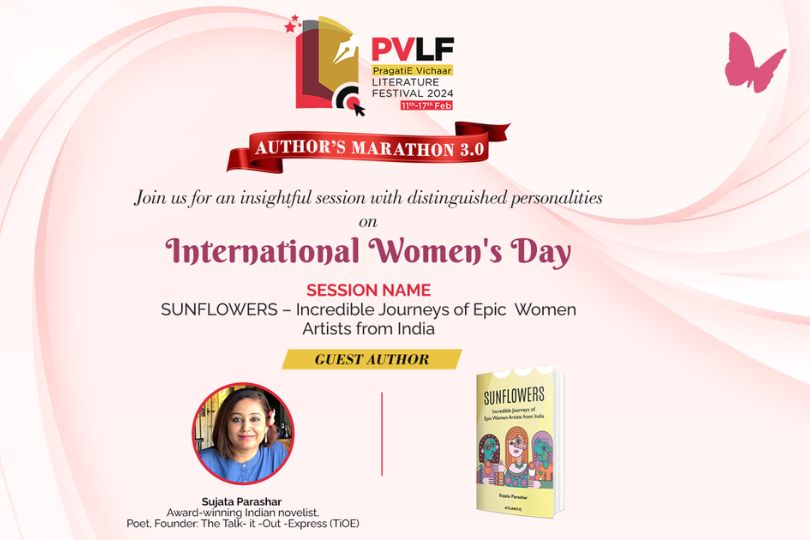Interview with Samina Mishra Author of Where Does It Hurt?
Samina Mishra's Where Does It Hurt? explores children's emotions and pain, fostering empathy and mental health awareness through engaging storytelling and illustrations.on Oct 21, 2024

Samina Mishra is a documentary filmmaker, writer, and teacher based in New Delhi, with a special interest in media for and about children. Her work uses the lens of childhood, identity and education to reflect the experiences of growing up in India. Her work includes the award-winning Jamlo Walks, a picture-book that tells a story of the migrants walking back home during the March 2020 COVID-19 lockdown and Nida Finds a Way, a chapter book for early readers that follows a young girl as she explores the world around her including a citizens' protest. She has taught Film in the IB Diploma Programme and at the AJK Mass Communication Research Centre, Jamia Millia Islamia. She is also the founder of the Magic Key Centre for the Arts and Childhood that works with children and adults on using the arts in education.
Frontlist: Your book's title, Where Does It Hurt?, poses a powerful question. What motivated you to center your narrative around this question, and how does it serve as the heart of the story?
Samina: I heard a conversation between Krista Tippett and civil rights activist and scholar, Ruby Sales on the On Being podcast in which Ruby Sales talked about how she came to asking this question to really get to the heart of the human condition. Since my work is with and for children, I thought of that question in the context of all the different children I have met. So, my poem that became this book came out of listening to that conversation and paying attention to what it made me think and feel.
Frontlist: The book beautifully explores children's emotions and how they express pain. What was your inspiration for writing this particular story, and how did you develop the characters to reflect different types of hurt?
Samina: I wrote this because much of my work across media—as a researcher, filmmaker, and teacher—has been about listening to children and what we can learn from them. The children in the book are mostly children that I have met or known. Sometimes, they are from my imagination, but that, too, comes from my interactions with children. So, the book is closely connected to real-world experiences in that way.
Frontlist: Writing for children often involves simplifying complex emotions without losing depth. How did you strike that balance, ensuring the story was both accessible and impactful?
Samina: Honestly, I wrote the poem in one sitting, not thinking too much about what I was doing. I think the idea of having several different children was in my mind because my work focuses on these questions of the multiplicity of childhood, the need for adult-child allyship and listening to children’s voice. The question Ruby Sales asked is simple and so full of possibilities that what I needed to do was to think about the children I know/have known, and think about their experiences so that the poem feels as resonant as the question. I also think that working with an editor like Sayoni pushed the text because she asked me questions that led to some words being changed – small changes but significant for the final poem.
Frontlist: What was the most challenging aspect of the writing process, particularly in portraying pain from the perspective of young children?
Samina: I truly didn’t experience any challenges in writing it. Let’s see what challenges get thrown up in the book being out in the world and in children’s hands.
Frontlist: Can you talk about how the illustrations by Allen Shaw enhanced the narrative and how you collaborated to bring the story's emotions to life?
Samina: I think Allen really took the text and made it through these gorgeous watercolors. By making Hurt a character that is interacting with the children, he added a whole new layer to the poem. We see Hurt reacting too, sometimes with playfulness and glee, and sometimes with sadness and loneliness. So, the illustrations pull out the complexity of the abstract idea of hurt and make us really feel the different experiences. The book is as much his as mine because his art found the possibilities in the text.
Frontlist: On World Mental Health Day, how do you think stories like Where Does It Hurt? can encourage children to express their feelings and promote mental health awareness among young readers?
Samina: I hope it makes children recognize a hurt they have experienced or witnessed and think about the idea of paying attention to another’s hurt. I hope children find themselves or others they know in the book on all days.



.jpg)






.jpg)

.jpg)
.jpg)
.jpg)
.jpg)
.jpg)










Sorry! No comment found for this post.